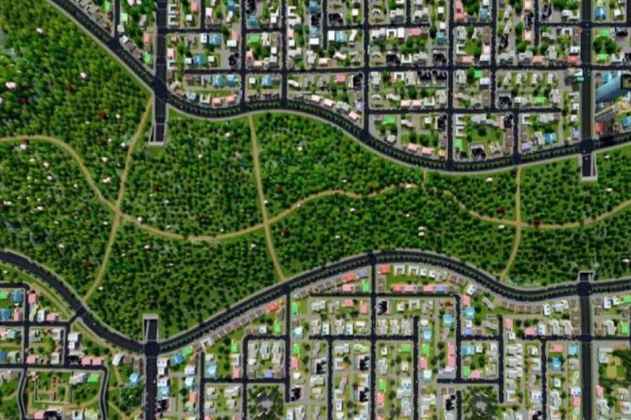Syllabus:
GS-3: Conservation, environmental pollution and degradation, environmental impact assessment
Context: The Union Ministry of Environment, Forest, and Climate Change (MoEFCC) has reduced the mandatory greenbelt or green cover requirement for new industrial estates, parks, and individual industries under environmental clearance conditions.
More on the News
• The Ministry had earlier mandated a minimum 33% greenbelt under the Environment Impact Assessment (EIA) Notification, 2006, for all listed development projects, including industrial estates.
• The latest revision aims to balance land-use efficiency with environmental needs and promote faster industrial development.
• To rationalise the greenbelt requirements, the Ministry constituted a committee to review existing norms.
• The committee submitted its report, which was examined by the Expert Advisory Committee (EAC). After due deliberation, the EAC recommended the revised criteria that have now been adopted.
Relaxed Norms
• For Industrial Estates (greenfield projects):
- The common green area requirement is now a minimum of 10 % of the industrial estate’s area, with dense plantation (approx. 2,500 trees per hectare) to be developed by the estate owner.
- This green area may be developed either at one location or across multiple locations within the premises, provided it is clearly demarcated and adds up to 10% of the total area.
• For Individual Units within Industrial Estates:
- Red-category (high polluting) industries must maintain 15% greenbelt within their own premises.
- Orange-category industries must maintain 10% greenbelt.
- Green category industries (lower pollution potential) may face no mandatory green-belt requirement.
• For Standalone Industrial Units (outside estates):
- Red category: 25% green cover (Pollution index score of 60 and above).
- Orange category: 20% green cover (Score between 41 and 59).
- Green category: 10% green cover.
Positive Implications
• The revision could reduce land requirements and lower development costs, encouraging industrial development.
• Category-wise differentiating introduces a more tailored, pollution-based regulatory framework.
Negative Implications
• Reducing the green cover from 33 % to 10 % could weaken environmental buffers, possibly increasing air pollution and ecological stress in industrial zones.
• Environmentalists argue that the move prioritises corporate interests over ecological safeguards, with limited public data on the scientific rationale behind the new thresholds.

